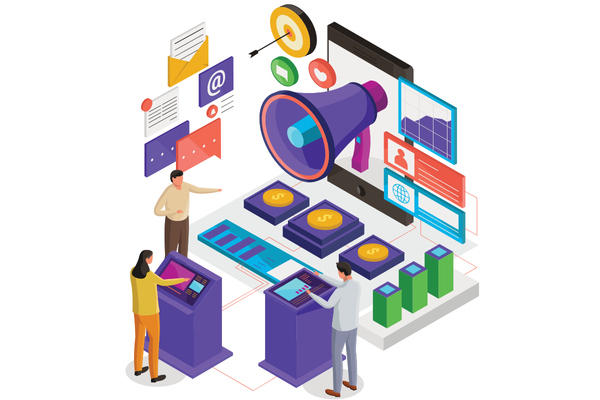Edge Computing Integration: Transforming Digital Landscapes
Category: 5G Technology
Introduction:
As technology evolves, our world becomes increasingly interconnected. Among the innovations revolutionizing our digital landscapes, edge computing stands out as a game-changer. This article explores edge computing integration, its benefits, challenges, and prospects, offering insights from an Instagram expert's perspective.
Understanding Edge Computing
Edge computing is a distributed computing paradigm that brings computation and data storage closer to the sources of data. Unlike traditional cloud computing, where data is sent to centralized data centres for processing, edge computing processes data locally, at or near the data source. This approach significantly reduces latency and bandwidth, providing faster and more efficient data processing.
The Rise of Edge Computing
The proliferation of Internet of Things (IoT) devices, autonomous vehicles, smart cities, and augmented reality applications has driven the need for edge computing. These technologies generate vast amounts of data that require real-time processing. Edge computing addresses this demand by enabling immediate data processing at the network's edge.
Benefits of Edge Computing Integration
- Reduced Latency
- Bandwidth Optimization
- Enhanced Security and Privacy
- Scalability
- Improved Reliability
The Future of Edge Computing
5G Integration
The rollout of 5G networks will further accelerate the adoption of edge computing. 5G's low latency and high bandwidth capabilities complement edge computing, enabling real-time data processing for a wide range of applications. The combination of 5G and edge computing will drive innovations in autonomous vehicles, smart cities, and immersive technologies.
AI and Machine Learning
Integrating AI and machine learning with edge computing will unlock new possibilities for intelligent data processing. Edge AI enables devices to make autonomous decisions based on real-time data analysis, enhancing applications in robotics, healthcare, and industrial automation. As AI algorithms become more efficient, edge devices will handle increasingly complex tasks.
Edge-as-a-Service
Edge-as-a-service (EaaS) models will emerge, offering edge computing capabilities as a subscription service. This will lower the entry barrier for organizations, allowing them to leverage edge computing without significant upfront investments. EaaS providers will manage infrastructure, security, and maintenance, enabling organizations to focus on their core business.
Enhanced Security Measures
As edge computing adoption grows, so will the focus on enhancing security measures. Advances in encryption, authentication, and intrusion detection will protect edge devices and data. Collaborative efforts between industry stakeholders will drive the development of standardized security frameworks.
Edge and Cloud Synergy
Edge computing will not replace cloud computing but will complement it. Hybrid architectures that leverage both edge and cloud capabilities will become the norm. Edge devices will handle real-time processing, while cloud data centres will manage long-term storage, analytics, and complex computations. This synergy will optimize resource utilization and enable seamless data flow across the network.
Conclusion
Edge computing is transforming the digital landscape, offering numerous benefits such as reduced latency, bandwidth optimization, enhanced security, scalability, and improved reliability. While integration presents challenges, careful planning, and strategic investments can overcome these obstacles. As 5G, AI, and edge-as-a-service models emerge, edge computing will continue to drive innovation across various industries.
Embracing edge computing integration will enable organizations to harness the full potential of real-time data processing, creating a competitive edge in the digital age. By staying informed and proactive, businesses can navigate the complexities of edge computing and capitalize on its transformative power.
